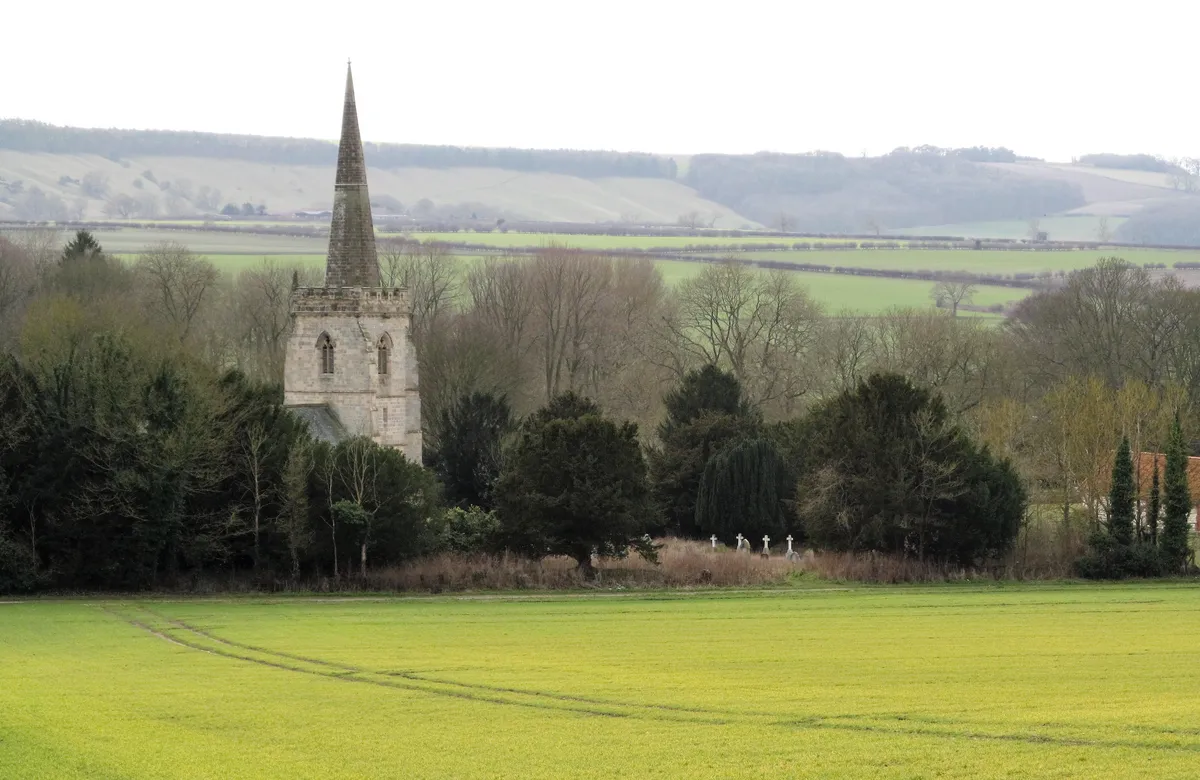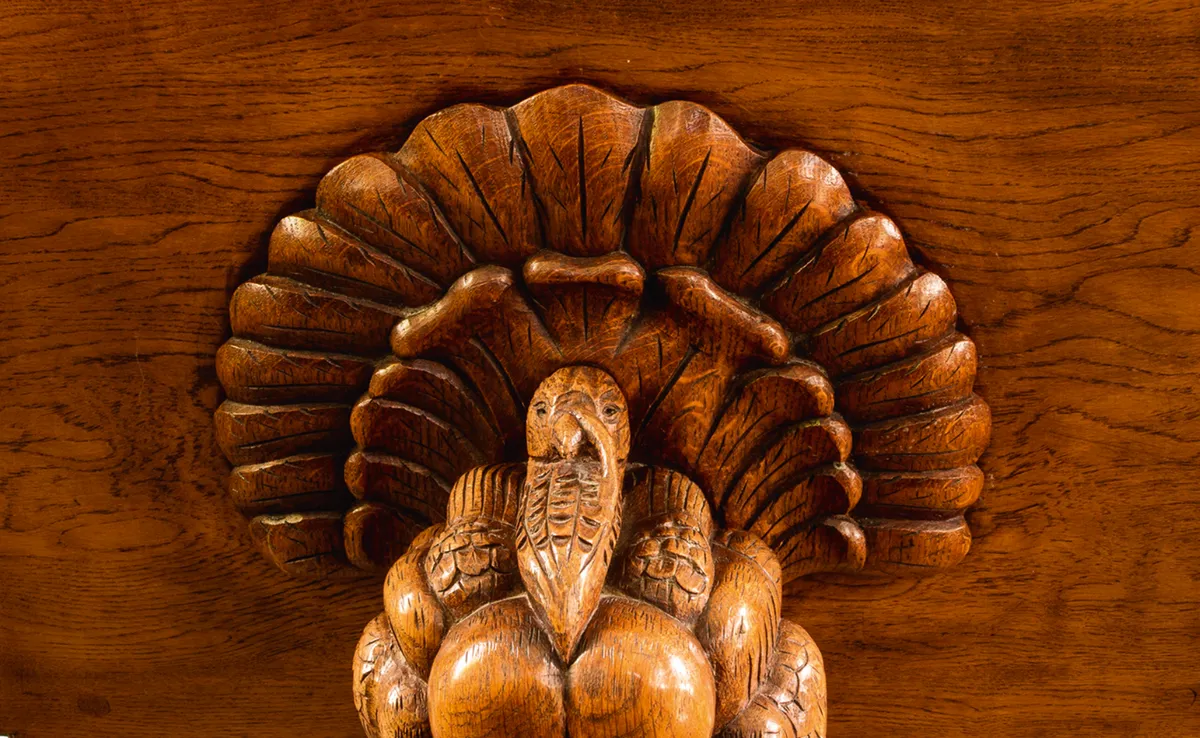As we tuck into our turkey Christmas dinner, how many of us give a thought to the origin of this traditional fayre? Turkeys are not native – they originate from Mexico – and it wasn’t until the 1950s that turkeys were affordable for the general population.
Before then, goose, rabbit and roast beef would have been at the heart of our Christmas feast.
So how did turkeys get to the UK? And why are they now a Christmas staple?

Henry VIII is reputed to have been the first to enjoy turkey for Christmas, but almost certainly in a game meat pie rather than the whole-bird roast that is familiar to us today. It took a considerable time for turkey to become a Christmas staple, gaining momentum in the 19th and early 20th century when popularised by Dickens in his 1843 novel A Christmas Carol and, later, by King Edward VII.
You may also like:
When did the turkey arrive in Britain?
William Strickland is credited with introducing the turkey to Britain in 1526 after he was given six live birds by native American traders. The son of a Yorkshire gentleman, Strickland was an early explorer, sailing to the New World with the famous adventurer Sebastian Cabot.
On returning to Yorkshire in 1542, Strickland invested in estates at Wintringham and Boynton in East Yorkshire. He spent most of the later part of his life at Place Newton in Wintringham. His coat of arms, granted in 1550, includes the oldest surviving European drawing of a turkey, and St Andrew’s Church in Boynton includes a turkey carved into a wooden lectern.

Walks around Wintringham and Boynton
Today, Wintringham and Boynton are classic Yorkshire Wolds hamlets in a quiet corner of East Riding, both surrounded by footpaths and bridleways. Wintringham is on the 79-mile Yorkshire Wolds Way. A short introduction to this National Trail climbs steeply through the Deep Dale plantation to Knapton Brow, where there are panoramic views across the Vale of Pickering from the stunning sculpture of Enclosure Rites by Jony Easterby.
A fine network of paths strides out from Boynton, past Strickland’s hall and up on to Woldgate – an old Roman Road that would have been familiar to Strickland – which leads on via the Gypsey Race chalk stream to the prehistoric Rudston Monolith. A wider circuit includes Argam Dikes, one of a number of ancient earthworks, burial howes, tumuli and henges, so characteristic of the Yorkshire Wolds.

